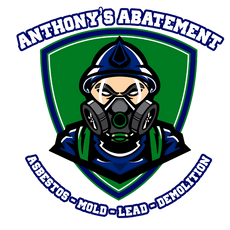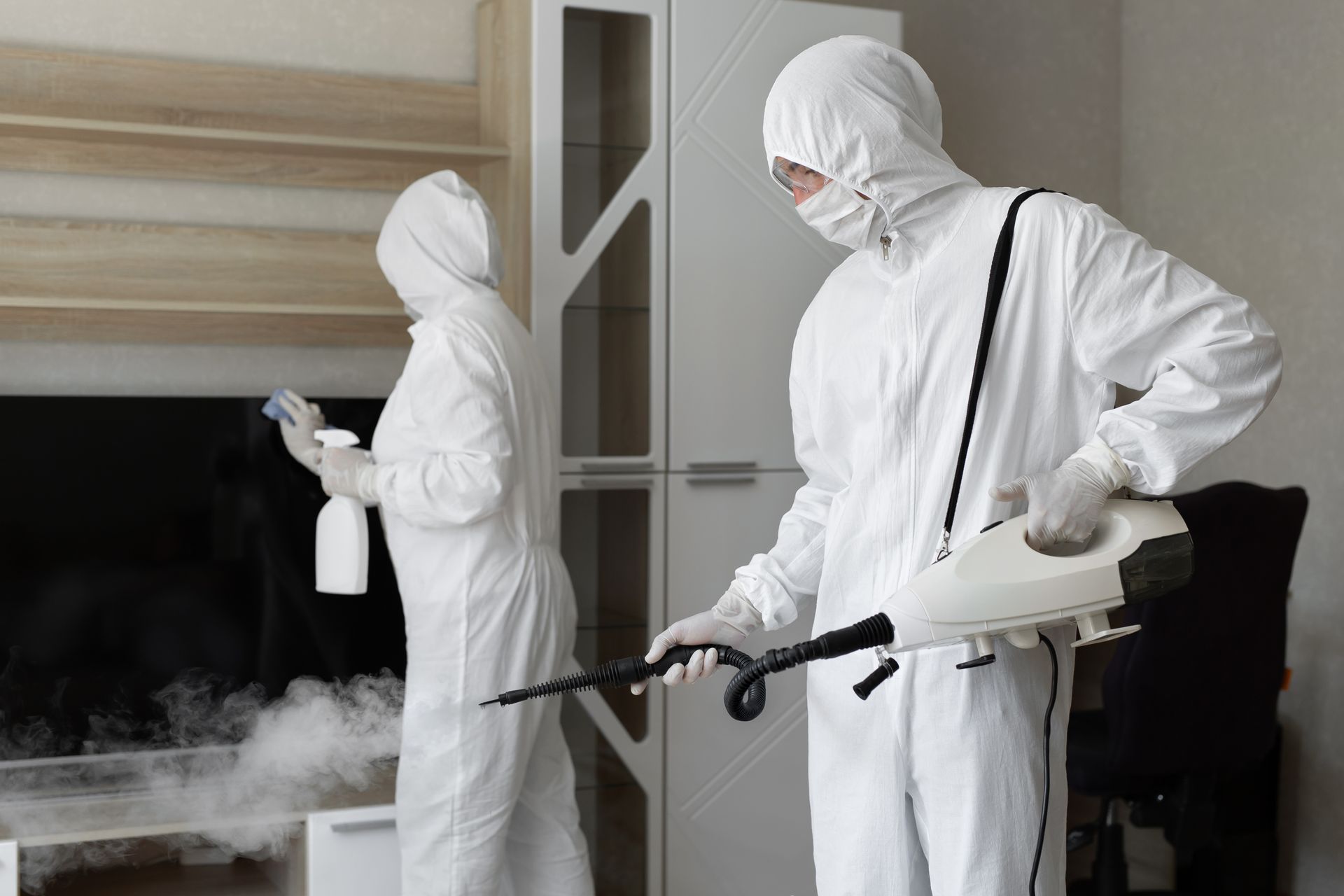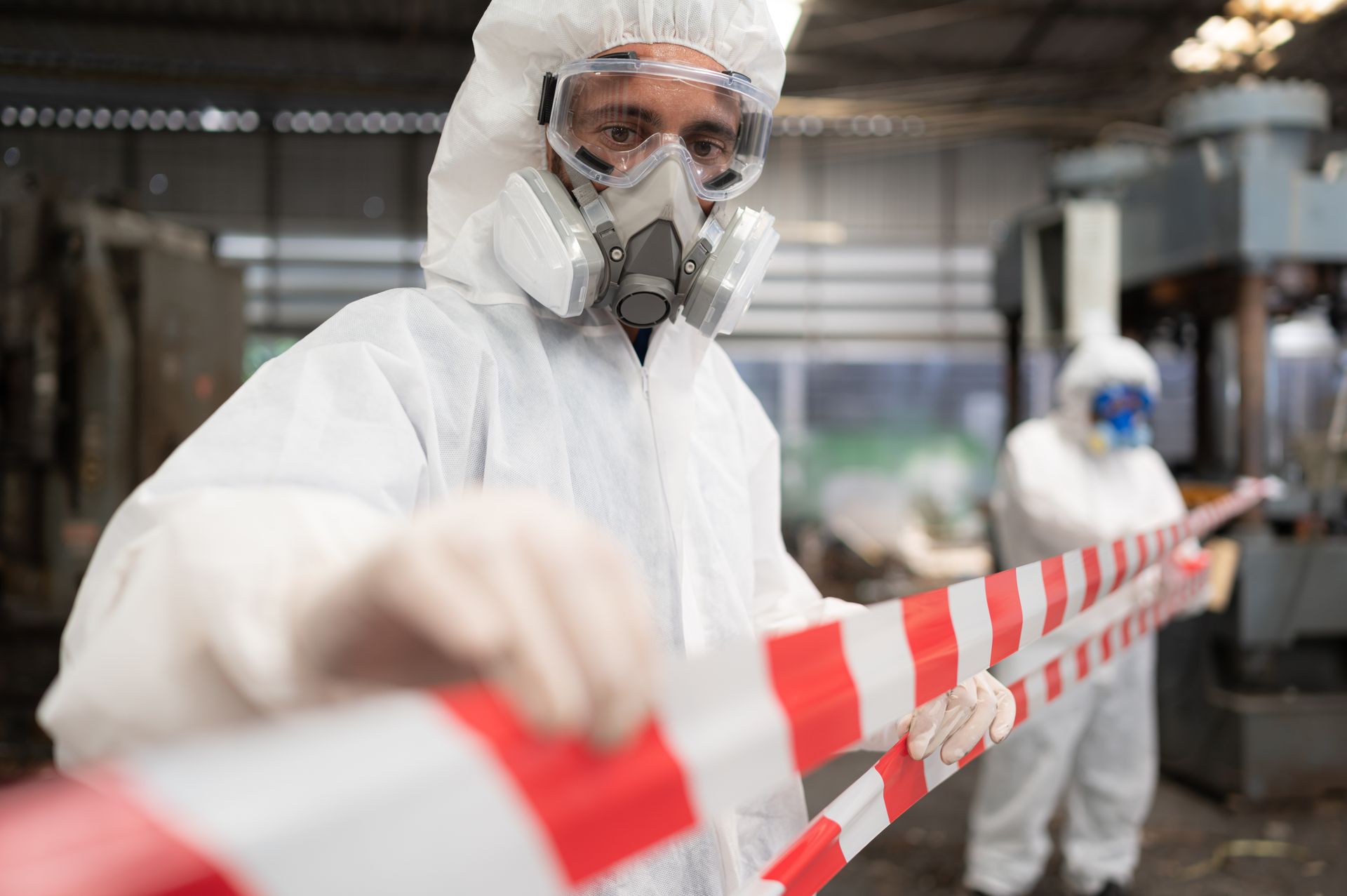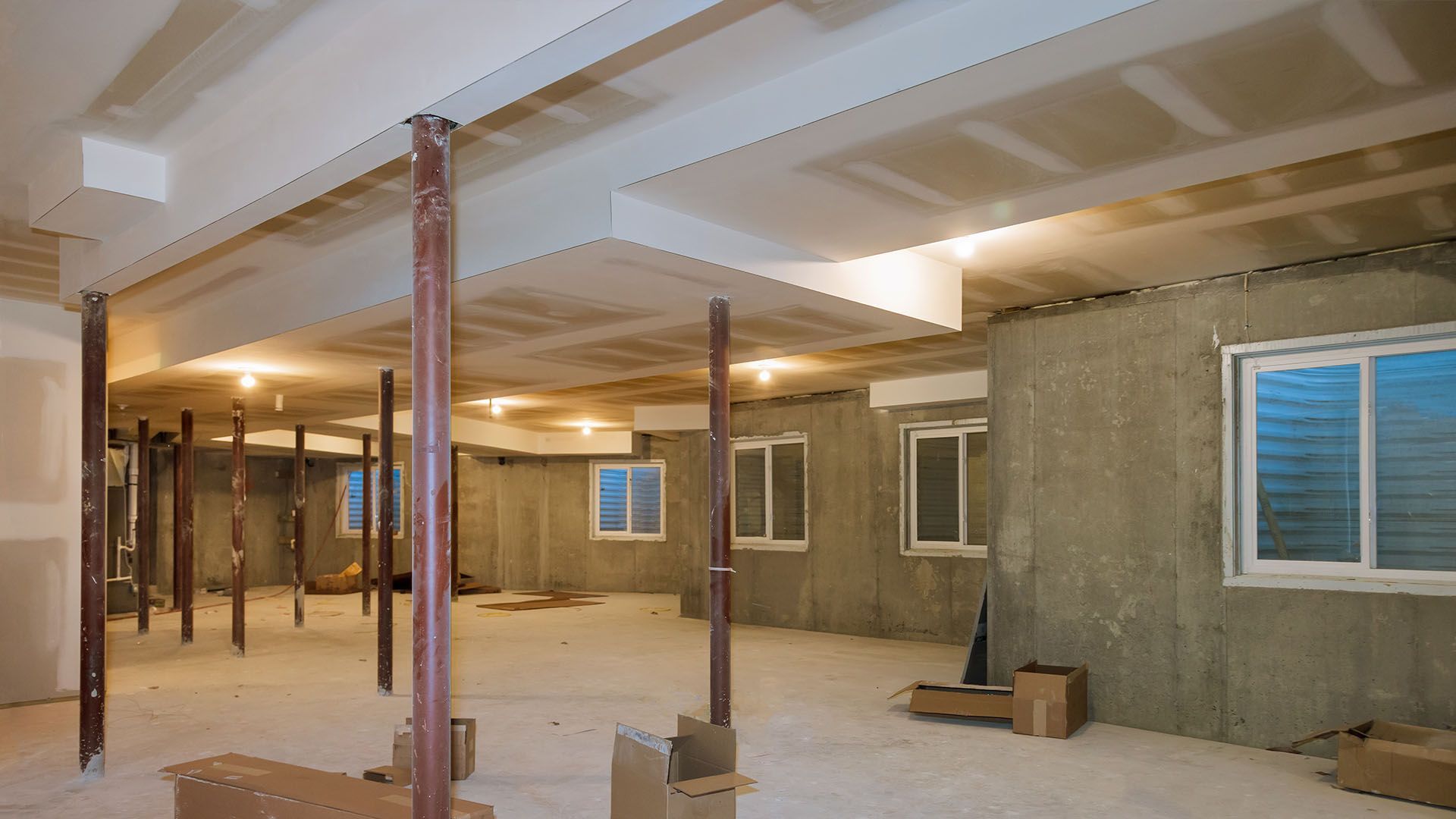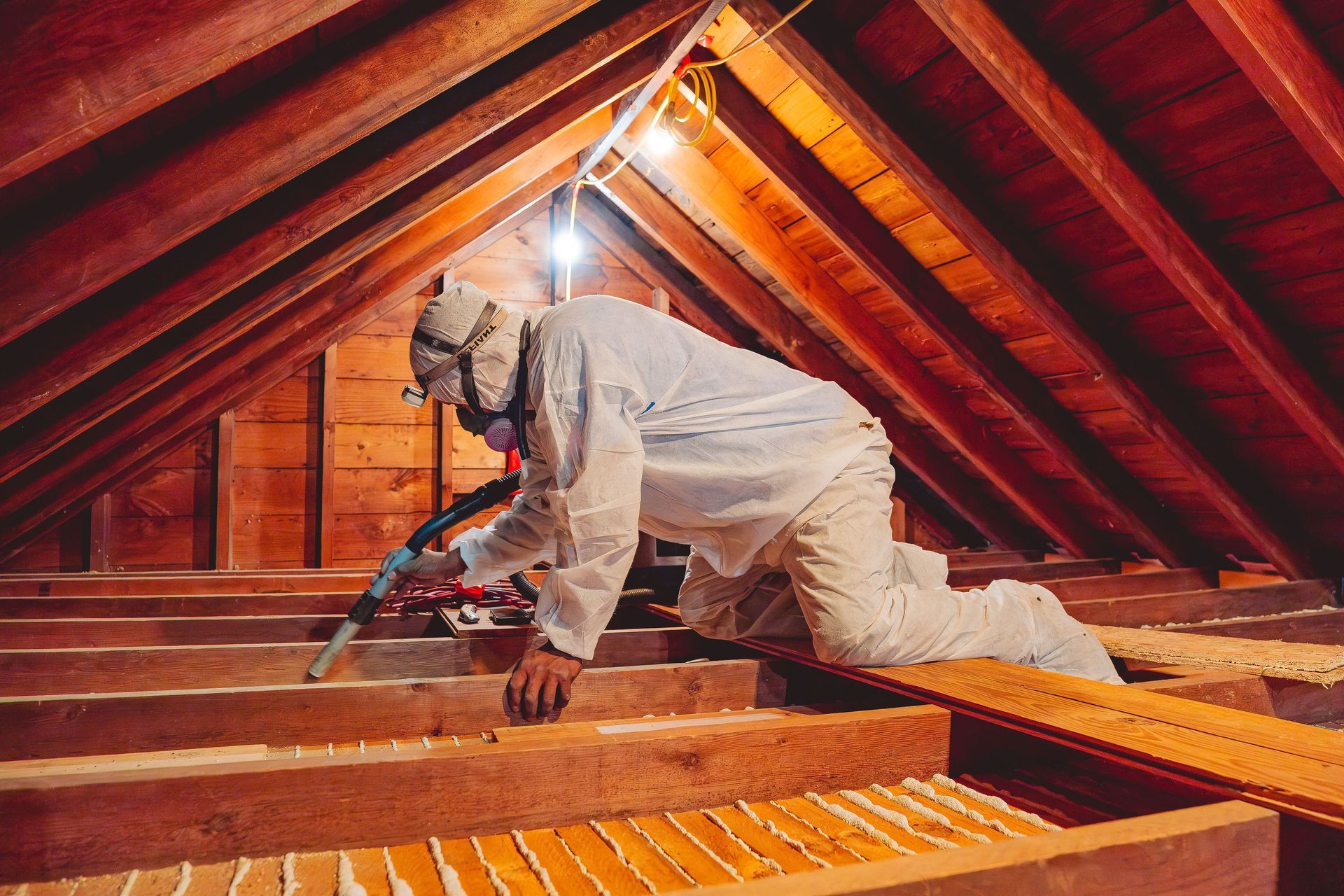Understanding Mold & Asbestos: Major Health Risks for Homeowners
Mold and asbestos pose significant health risks in your home. Mold grows in damp areas and can cause allergic reactions and respiratory problems, while mold asbestos, once used in older building materials, can lead to lung cancer and other severe diseases. This article explains where mold and asbestos are commonly found, their health impacts, and how to safely detect and remove them.
Key Takeaways
- Mold thrives in damp environments and can cause respiratory issues, while asbestos, found in older materials, poses severe long-term health risks like lung cancer.
- Proper management of moisture and regular inspections can significantly reduce the risks associated with both mold and asbestos in homes.
- Professional inspection, testing, and remediation are essential for safely handling both mold and asbestos, ensuring a healthy living environment.
Understanding Mold and Asbestos
Mold and asbestos—while both are threats to your home environment—differ significantly in origin and nature. Mold is a living fungus that thrives in damp conditions, often proliferating unnoticed in the nooks and crannies of your home.
Asbestos is a naturally occurring mineral fiber. It was once commonly used in construction materials due to its fire-resistant properties. Managing moisture is key to preventing mold growth and mitigating the risks associated with asbestos present, especially in older buildings.
Proper planning and maintenance can greatly lower the chances of encountering these hazardous substances.
What is Mold?

Mold is a type of fungus that reproduces through tiny spores, which can float through the air and settle on various surfaces in your home. It thrives in moist, humid environments, making bathrooms, basements, and areas affected by water damage prime locations for mold growth. Black mold, a particularly notorious type, is known for its potential to cause severe health issues, releasing spores that can trigger allergic reactions and respiratory problems.
Mold can grow on a wide range of materials including paper, wood, drywall, and carpeting. It often appears as slimy or fuzzy patches in colors ranging from black to green to grey, which can indicate a mold problem.
Unlike asbestos, mold can regrow if the conditions remain favorable, such as persistent moisture issues. Effective mold remediation requires cleaning the affected areas and addressing the underlying moisture issues to maintain a mold-free environment.
What is Asbestos?
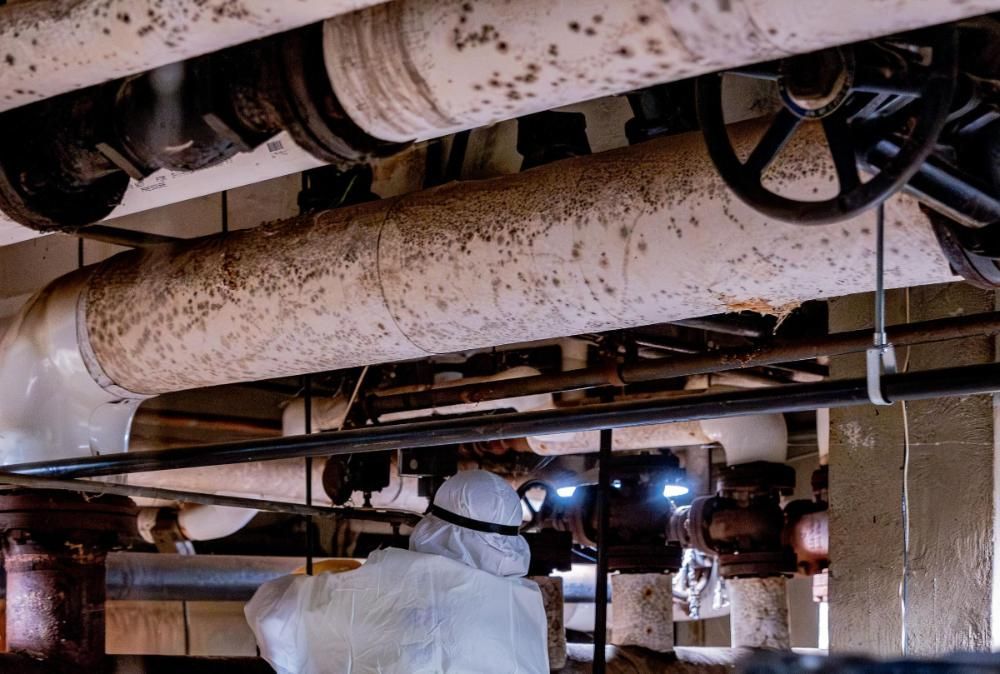
Asbestos is a group of naturally occurring mineral fibers composed of silicate minerals, including chrysotile, amosite, and crocidolite. These fibers were extensively used in construction materials such as insulation, ceiling tiles, and drywall because of their durability and resistance to heat. However, asbestos fibers are highly toxic and pose significant health risks when inhaled, necessitating careful asbestos removal and disposal.
Despite its known dangers, asbestos is not fully banned in the United States, although its use is heavily regulated. The Environmental Protection Agency (EPA) has placed bans on specific asbestos products and uses, but older buildings still often contain asbestos-containing materials. Identifying asbestos and taking appropriate steps for testing and removal is vital for maintaining a safe home environment.
Common Sites for Mold Growth and Asbestos Containing Materials
Mold and asbestos can hide in seemingly innocuous places within your home, making awareness and vigilance key. Mold thrives in damp, humid environments like basements and crawl spaces, while asbestos can be found in older building materials such as ceiling tiles and insulation. Knowing where these hazards are likely to be present helps in early detection and prevention.
Locations Prone to Mold Growth
Mold is most commonly found in areas that experience frequent moisture and poor ventilation. Bathrooms, basements, and areas with water leaks or water damage are typical hotspots for mold growth. Mold spores can enter your home through windows, doors, and ventilation systems, settling on surfaces and beginning to grow where conditions are favorable.
Quickly addressing water leaks can prevent mold problems. Proper ventilation in moisture-prone areas is also important. Drying wet materials within 24-48 hours and maintaining indoor humidity levels below 60% can significantly reduce mold growth risks. Regular inspections can catch mold issues early, helping to maintain a mold-free environment.
Where Asbestos Might Be Present
Asbestos was a common component in building materials before the 1980s due to its fireproofing properties. It can be found in:
- insulation
- ceiling tiles
- drywall
- some paints and plasters
Given the potential health hazards, particularly in older homes, asbestos testing is essential to identify and safely manage asbestos-containing materials.
Renovations or repairs that disturb asbestos-containing materials can release dangerous fibers into the air, posing serious health risks. Professional assistance is essential for asbestos testing and removal to ensure safe and effective handling of these hazardous materials.
Health Risks of Mold Exposure
Exposure to mold poses several health risks, particularly for individuals with existing respiratory conditions. Common symptoms include nasal congestion, throat irritation, and skin rashes. Prolonged exposure can result in more severe respiratory problems, emphasizing the need for prompt mold remediation.
Symptoms of Mold Exposure

Symptoms of mold exposure can vary but often include sneezing, coughing, and itchy eyes. Those with compromised immune systems or preexisting respiratory conditions may experience more severe symptoms, such as chronic respiratory conditions and increased susceptibility to infections.
Prolonged exposure to mold can also lead to headaches, fatigue, and dizziness. Symptoms often worsen indoors, particularly in areas with poor ventilation and high humidity. Early recognition of these symptoms can lead to quicker intervention and remediation, preventing long-term health problems.
Long-Term Health Problems
Chronic exposure to mold spores can lead to serious long-term respiratory problems. Continuous exposure to mold can lead to or worsen conditions such as asthma and chronic bronchitis.
If left unchecked, mold can pose significant health risks, leading to conditions that severely impact quality of life. Effective mold remediation and maintaining a mold-free environment are vital for long-term health and well-being.
Serious Health Issues Linked to Asbestos
Exposure to asbestos is associated with severe health problems, including lung cancer and mesothelioma. These issues often develop years after exposure, making early detection and removal of asbestos-containing materials essential.
How Asbestos Affects Health
Breathing in asbestos fibers can result in severe and potentially fatal respiratory conditions, including lung cancer and mesothelioma.The fibers cause lung scarring and inflammation, which can result in long-term health complications.
While mold exposure can lead to immediate symptoms like headaches and itchy eyes, the carcinogenic properties of asbestos result in long-term health issues that are much more severe. Asbestos testing and removal are critical for health and safety.
Recognizing Asbestos Symptoms
Symptoms of asbestos exposure, such as persistent coughing and shortness of breath, can take years to manifest. These symptoms often indicate significant lung damage, potentially leading to lung cancer or mesothelioma.
Once inhaled, asbestos fibers remain in the lungs, causing inflammation and scarring over time. Asbestos-related diseases develop over a long period and often result in fatal outcomes, unlike mold exposure, which improves upon leaving the contaminated environment.
Professional Inspection and Testing
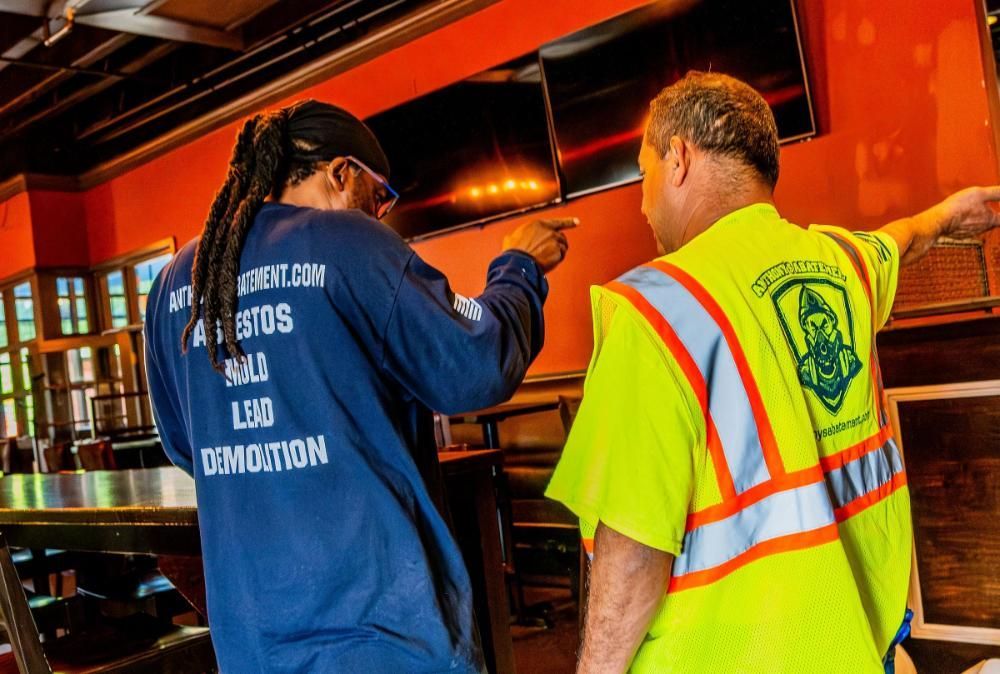
Professional inspection and testing are crucial for accurately identifying and managing mold and asbestos issues. Certified professionals offer essential services for safe handling and remediation, helping homeowners maintain a safe living environment.
Benefits of Professional Mold Inspection
Professional mold inspections involve thorough visual assessments and air sampling to accurately identify mold problems in the home. This ensures that all mold issues are detected and addressed, preventing further health risks.
The cost of a professional mold inspection typically ranges from $250 to $350, making it a worthwhile investment for the health and safety of your household. Professional assistance also provides peace of mind, ensuring your home is mold-free.
The Necessity of Asbestos Testing
Asbestos testing is critical for ensuring safety in older homes, as it helps identify hazardous materials that may pose health risks. Professionals use specialized microscopes to accurately detect asbestos fibers in building materials.
If you suspect asbestos in your home, hiring a certified asbestos abatement contractor ensures safe removal and mitigation of health hazards. The cost of asbestos testing ranges from $225 to $791, providing crucial safety for your living space.
Safe Removal Practices

Safe removal of mold and asbestos is paramount to protect your health and home environment.
Professional intervention is needed to ensure these hazardous materials are effectively and safely removed.
Mold Remediation Steps
Mold remediation starts with a thorough assessment to determine the extent of mold growth and contamination risks. Cleaning and eliminating moisture sources are critical to preventing future mold growth.
Managing moisture effectively prevents mold from returning after remediation. This includes fixing leaks, improving ventilation, and maintaining indoor humidity levels below 60%.
Asbestos Removal Process
Asbestos removal involves careful containment to prevent the release of asbestos fibers into the air. Professionals use specialized equipment and techniques to ensure that asbestos-containing materials are safely removed from your home without contaminating other areas.
After the removal process is complete, the professionals will provide a detailed report of the work done and certify that the home is asbestos-free. This certification offers peace of mind, knowing that your living space is safe from the serious health risks associated with asbestos exposure.
Preventing Mold and Asbestos Issues
Preventing mold and asbestos issues begins with understanding the importance of moisture control and regular inspections. By addressing these factors, homeowners can significantly reduce the risk of encountering these hazardous substances in their homes.
Tips for Mold Prevention
Maintaining indoor humidity levels below 60% is crucial for preventing mold growth. Using dehumidifiers and ensuring proper ventilation, especially in moisture-prone areas like bathrooms and kitchens, can help achieve this.
Regular mold inspections, particularly if there have been previous mold issues or signs of moisture, are essential. Additionally, promptly repairing water leaks and drying out wet materials within 24-48 hours can prevent mold from taking hold.
Reducing Asbestos Risks
Avoid disturbing asbestos-containing materials during DIY projects to minimize the risk of asbestos exposure. Home improvements should be approached with caution, especially in older homes where asbestos might be present.
Hiring professionals for asbestos handling ensures proper safety protocols, significantly reducing health risks. Awareness of the serious health hazards associated with asbestos helps homeowners make informed and safe decisions during renovations.
Key Differences Between Mold and Asbestos
While both mold and asbestos pose significant health risks, they differ in origin, nature, and the way they affect health. Mold is a living fungus that thrives in damp environments, whereas asbestos is a carcinogenic mineral fiber found in older building materials.
Mold vs. Asbestos: Characteristics
Mold spreads through spores in moist environments, often appearing as slimy or fuzzy patches in various colors. As a living organism, mold can regrow if the conditions remain favorable, such as persistent moisture issues.
Asbestos, on the other hand, is a non-living mineral fiber that was commonly used in construction for its fire-resistant properties. Unlike mold, once asbestos is removed, it does not return, making professional asbestos removal a one-time but crucial task for home safety.
Health Impact Comparison
Mold exposure primarily causes respiratory problems, with symptoms like runny eyes, eye irritation, and breathing difficulties. Chronic exposure can lead to long-term respiratory issues, making mold a serious health hazard if left unchecked.
Asbestos exposure, on the other hand, is associated with more severe health outcomes, such as lung cancer and mesothelioma. Inhalation of tiny asbestos fibers can cause lung scarring and severe illnesses, often manifesting years after the initial exposure. These conditions are often fatal, underscoring the importance of proper asbestos testing and removal.
Summary
Understanding the key differences and health risks associated with mold and asbestos is crucial for maintaining a safe home environment. Regular inspections, moisture control, and professional remediation are essential strategies for preventing and addressing these hazards. By taking proactive measures, homeowners can protect their health and ensure their living spaces remain safe.
